Product costing is one of the key areas in Manufacturing and process industries. It is used for estimating and valuating the internal cost of a product.Product cost planning is used for estimating/predicting the cost incurred in producing a Finished Product . This estimate is also used for budgeting purpose . When the material is actually produced, the actual cost is incurred and the variance between planned cost and the actual cost is calculated. Based on the magnitude of variance, decision is taken to re-estimate the cost of the materials.
Standard Cost estimate is the basis of product cost planning . This is nothing but the estimation of cost of a particular product, being manufactured.
Before getting in to SAP terminologies, let’s relate it with a very simple practical scenario, so that it is more clear and understandable.
Suppose a company is manufacturing glass containers. The components used are
Standard Cost estimate is the basis of product cost planning . This is nothing but the estimation of cost of a particular product, being manufactured.
Before getting in to SAP terminologies, let’s relate it with a very simple practical scenario, so that it is more clear and understandable.
Suppose a company is manufacturing glass containers. The components used are
- The Glass
- The Cap
Lets divide the discussion in to two parts.
1. Master data required for cost estimate creation
2. Cost estimate creation
1. Master data required for cost estimate creation
BOM : The component materials required for the finished good creation
Suppose as per estimation 1 Each Glass and 1 Each Cap combined to produce one container.
The above line defines the Bill Of Material i.e BOM
In SAP it looks as below CS02/CS03
Routing : The activity performed during the Production Process
As can be noted in the above screenshot, the glass undergoes an operation, where the machine runs for say 2 hours to produce the container body .
The above line defines Routing and the machine used is the work center(tcode : CR01/02/03). The exact activity or the work carried out is the activity(KL01/02/03). Tcode is for the routing is CA01/02/03
KP26 : Activity cost planning
There is a source which would be maintained, so as to be referred as a base for the activity,
So that based on the number of hours spent, it will add up to the estimated cost of the material being costed. That source is KP26 .
As can be seen above 1 hour of the machine activity would cost 200 unit amount. In our case the number of hours is 2, hence the cost would be 400 unit.
2. Cost estimate creation
Now as we are done with the master data part lets look in to the cost estimate creation.CK11N is the t-code to create the cost estimate creation.Lets talk about the different parameters involved in the same.
Costing Variant
As can be seen in the below screenshot,which is the initial screen of CK11N, costing variant PPC1 is used. Costing variant is the basis of cost estimates creation. It holds important parameters like, whether or not standard price will be updated, what is the source from which the price will be picked, the default validity period of the cost estimate, any reference costing variant etc.
The configuration of the costing variant is one of the most important configuration, in the product cost planning.The costing variant PPC1, used below is a standard costing variant. Custom costing variants, can also be created.
Below is the resulting screen.
Itemization
In the bottom grid, we see the itemization part . This is nothing but all the items that constitute the costing result. Based on the valuation strategy the cost are picked from the constituent materials. In the example above, we see Component Material cost(Picked from component Material master as per valuation strategy ) We can switch between itemization and cost component split.
Cost Component Split
Clicking on the below highlighted part takes us to the Cost Component Split. Cost component split is the split of the entire cost estimate among various cost buckets
Once the cost estimate is saved , the same is marked and released. After the same, the material standard price is updated.
The above explanation intends to simplify the basic understanding around cost estimate . This understanding can serve as the first step towards understanding the entire configurations pertaining to Standard Cost Estimates.
Source: scn.sap.com
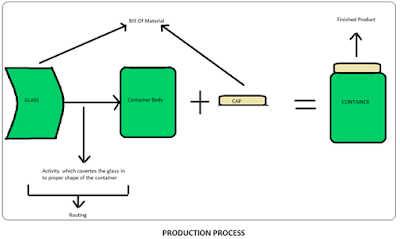
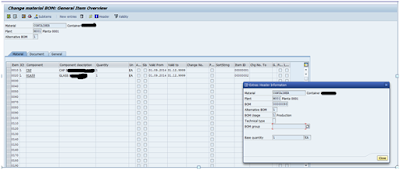


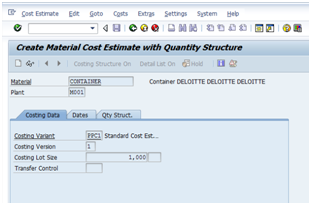
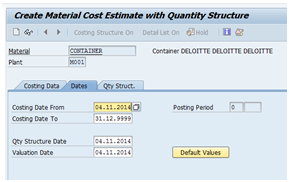
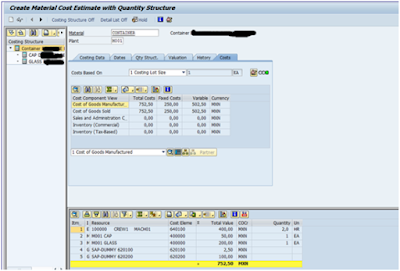

Thanks for sharing the information SAP FICO Training
ReplyDelete